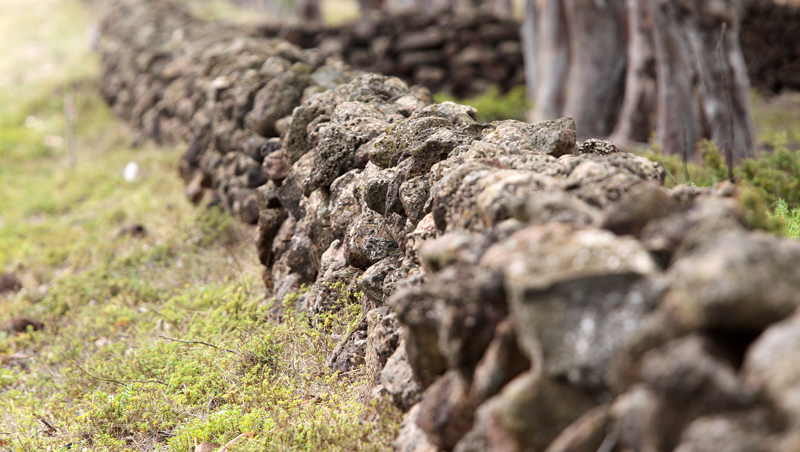If Wyndham’s dry stone walls could talk, each would have a fascinating story to tell.
Dotted around Wyndham, some of them more than 170 years old, they are monuments to our farming heritage. Now steps are being taken to protect these historic structures.
Wyndham council last week adopted a study which recommended applying heritage overlays to walls, including those at Cobbledicks Ford, Little River, Old Melbourne Road in Little River, and Ballan Road in Wyndham Vale.
Pending state government approval, 294 properties across Wyndham with dry stone walls will be listed for protection as important to the municipality’s cultural landscape.
Under these controls, planning permits will be required to demolish, significantly alter, repair or carry out maintenance on walls.
Dry stone is a building method by which structures are assembled from stones without mortar to bind them together.
As part of the study, more than 625 sections of dry stone wall covering about 300 kilometres were recorded, predominantly in Truganina, Tarneit and Little River.
The study also recommends further work by the council to preserve and promote dry stone walls potentially through guidelines for their restoration and maintenance.
Archaeologist and dry stone wall expert Gary Vines, who worked on the study, said most of the walls were built in the 1840s and ’50s.
“The stone laneways which were used to direct stock to waterholes south of Leakes Road have almost gone since the area was developed 10-15 years ago,” he said.
“Without the proper protections in place, there’s no reason why any of the walls would survive, but they’re part of our heritage, a tangible connection to our past.”







